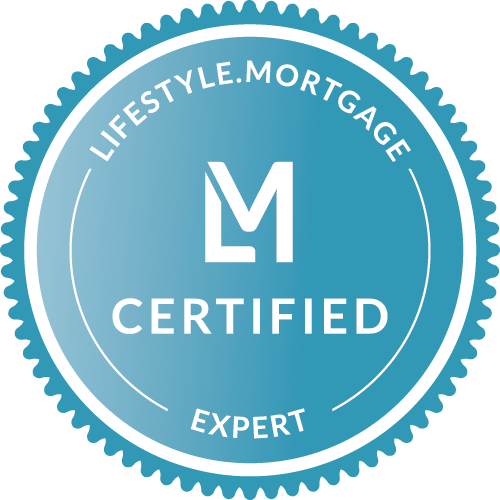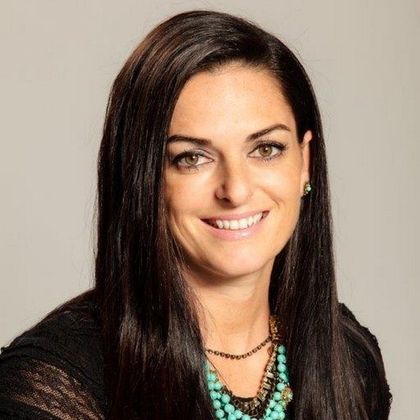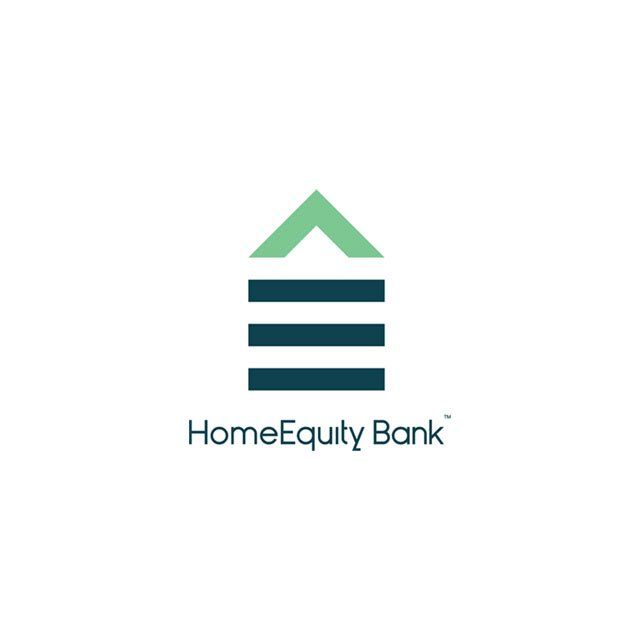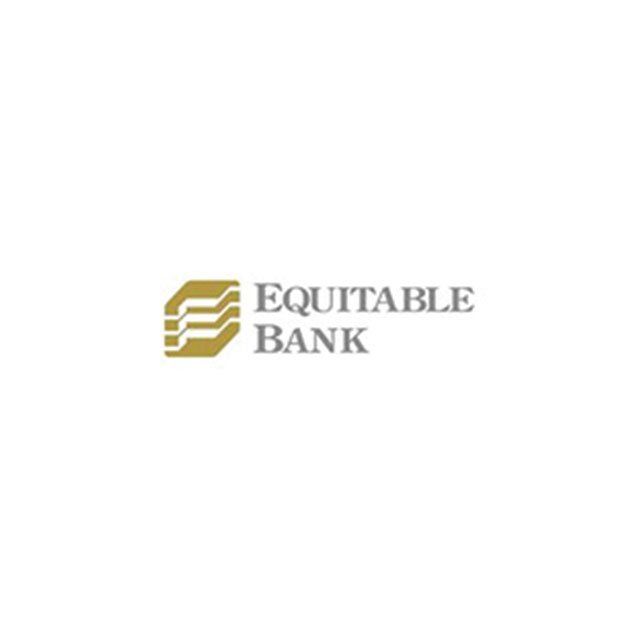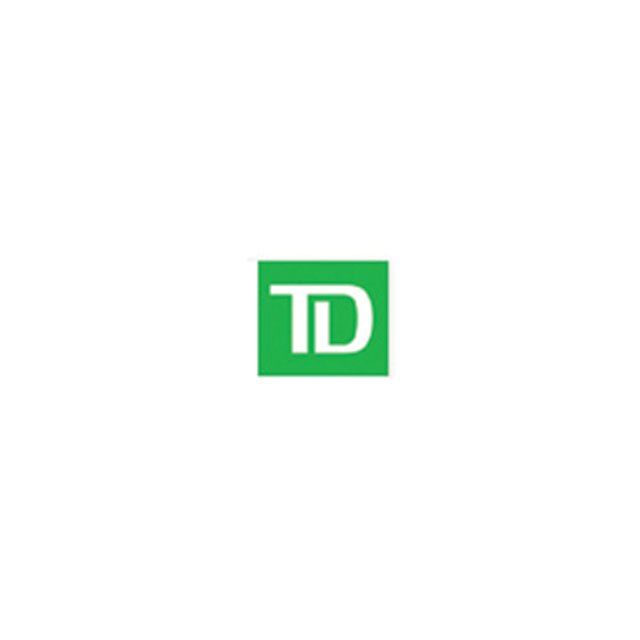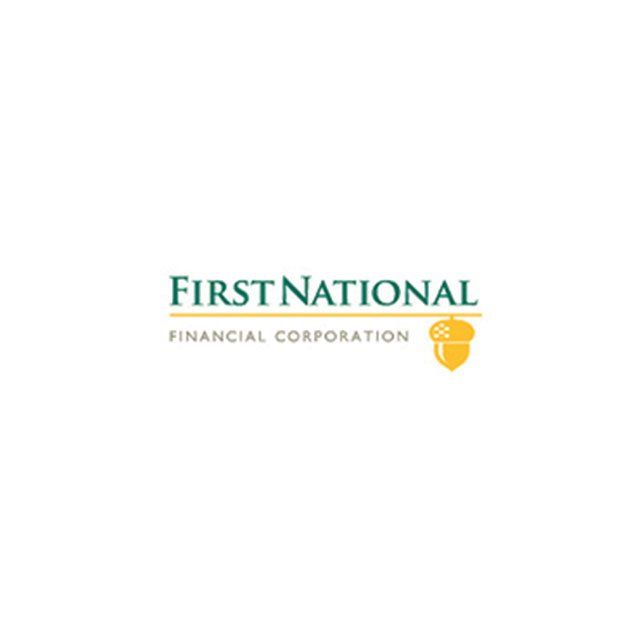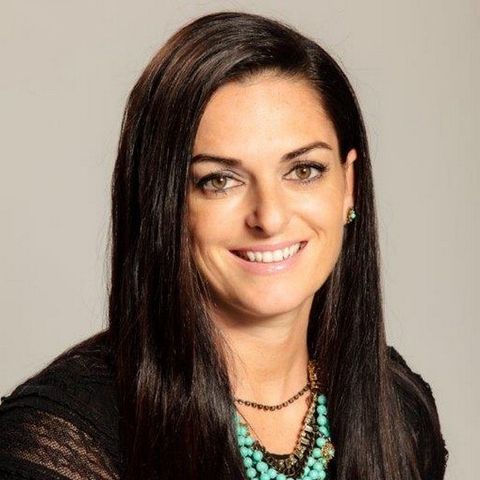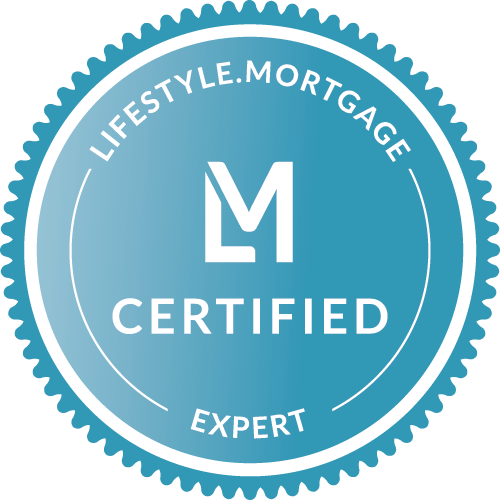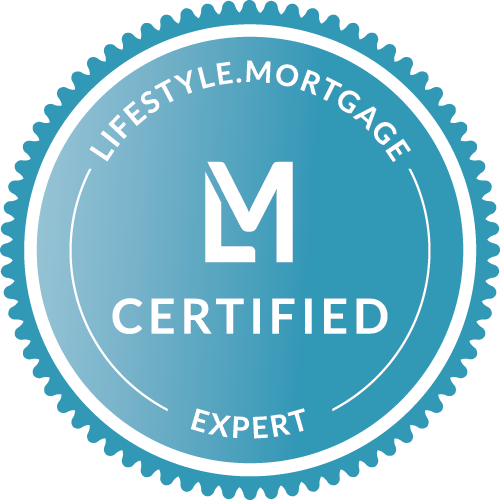Hi, I’m Luisa, thanks for visiting my website. Here’s a little about me and why you should choose me to help you arrange mortgage financing. I am an Accredited Mortgage Professional with a reputation for excellence. My experience in real estate law and mortgages dates back to 1989 where I was employed by a real estate law firm for over 10 years. I believe this has given me invaluable insight into real estate transactions, which works to my clients’ advantage today.
In 2005 I co-founded Exclusive Mortgage Professionals, a team of experts with over 30 years of lending experience. Looking to expand my business, together with 7 other prominent Canadian mortgage brokers in late 2013 we formed Xeva Mortgage. Our goal is to become the largest, most competitive, most recognizable National Mortgage company in Canada.
I’m currently a partner, VP of Underwriting, and board member at Xeva Mortgage where our management team has over 175 years of combined mortgage experience. This means we have access to every product offered by Canadian lenders (at the most favourable terms for our clients).
So, whether you are purchasing your first home, renovating, or investing in a property, I will go the extra mile to obtain the best possible rates and customize a financial solution that meets your needs. In my spare time, I enjoy spending time with my family, honing my skills on the golf course, and volunteering in the community.
"I'm here to help you find the best finance solution to enhance your lifestyle."
My process is simple
Get in Touch
Get in touch with me however
you feel comfortable. I will
answer all your questions and provide you with counsel, all
without any pressure.
Choose a Solution
Once we work through your financial situation, I'll outline all your options. Use your home equity as part of a financial strategy to enhance your lifestyle!
Enhance your Lifestyle
With a new plan in place, I'll work through all the details with you. Get your home equity working for you. I'll always be there if you have any questions in the future!
What would you do with more money in retirement?
Pay off debts and increase monthly cash flow.
Renovate your home to get ready for retirement.
Take that vacation you've always dreamed of.
Help your kids buy a house of their own.
Subsidize your income and enhance your current lifestyle.
Spend more time with your family.
Payout an existing mortgage to free up cash flow.
Anything you want, it's your hard earned equity.
I'd Love to hear from you!
Contact Us
You have options!
The
advantage of working with me
compared to a single institution is choice.
As the need for increased cash flow in retirement is a reality for many older Canadians, it's becoming more common to access home equity to help contribute to an effective retirement plan. Let's assess your financial situation, so I can outline several options to find a solution for your financial needs.
Here are a few of the lenders I work with and products we can discuss...
REVERSE MORTGAGE
A reverse mortgage allows Canadian homeowners 55 years and older to borrow money (tax-free) from their home equity with no proof of income, no credit check, and no health questions. This finance solution can enhance your lifestyle and provide you with stability through your retirement.
STANDARD MORTGAGE FINANCING
If you've got regular income or a steady pension, good credit, and some home equity, standard mortgage financing might be a great option!
HOME EQUITY
LINE OF CREDIT
LINE OF CREDIT
Several lenders will secure a line of credit to your home. This is a great option if you don't need immediate access to the funds, but would like to plan ahead.
PRIVATE
FINANCING
FINANCING
In addition to all the regular lenders, I have access to many private lenders who offer specialized mortgage solutions that can be considered carefully.
The same home that provided a great place to raise your family can also take care of you through retirement. ACCESS YOUR HOME EQUITY. LET ME BE YOUR GUIDE.
CONTACT ME
Financial Planning Resources
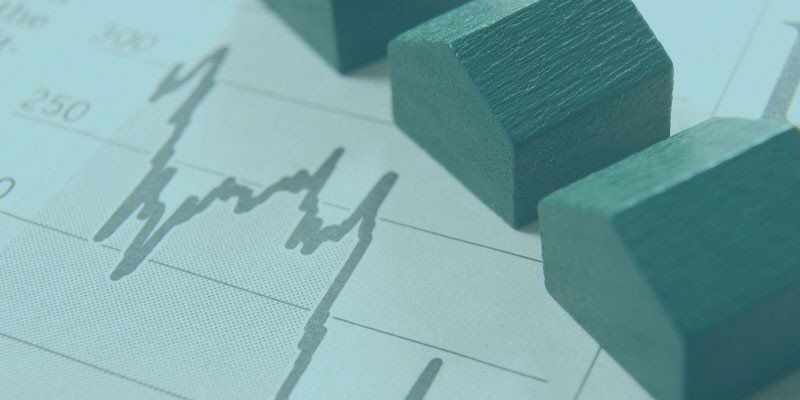
Negative equity occurs when your property is worth less than the outstanding balance on your mortgage. It’s not a very good place to be, especially if you’re planning for your retirement. Another term you might have heard is “being underwater” in your mortgage.
The reality is, most Canadians have a significant amount of equity built up in their homes and this equity can be used to help plan through retirement.
Dealing with a negative equity position is very uncommon, one of the only times the idea of negative equity even comes up is when discussing a reverse mortgage. Usually, the question is asked something like this:
“If my home has depreciated in value at the time it is sold, and the mortgage balance is growing, will I (or my heirs) end up owing more than the house is worth?”
And in the case of a reverse mortgage through the Home Equity Bank, the answer is no. No, assuming you meet all your mortgage obligations, the amount you will pay on your due date will never exceed the fair market value of your home. This is what they call their No Negative Equity Guarantee.
As a reverse mortgage doesn’t have any payments required throughout the life of the mortgage, naturally, the outstanding balance grows with time. But as the Home Equity Bank has more restrictive initial qualifying guidelines than a standard mortgage, even though the balance is growing, it rarely grows beyond the value of the home. And if it does, Home Equity Bank covers the difference.
Compare that with a standard mortgage, where if you wanted to access your home equity, you can potentially refinance up to 80% of the property value, or in the case you're downsizing, you can buy a new property with as little as 5% down. In this case, when the question is asked “is it possible to end up owing more than my property is worth” with a standard mortgage, the answer is yes. If the market takes a turn, you could find yourself in a negative equity position.
Understanding your mortgage options through retirement is crucial to making the best choice for you. Each person’s financial situation is different and there is no one size fits all advice that can be provided on a blog.
As a Lifestyle Mortgage expert, I specialize in helping older Canadians to understand their options, and provide counsel to help them make the best choice. If you have any questions at all, and would like to discuss your financial situation with me, please contact me directly anytime.

For older Canadians – living on a set income can be difficult. To make matters worse, unexpected medical events and many other financial matters arise that can make a tight financial situation even worse. As a result, a growing number of seniors in Canada turn to the equity in their home as a source of financial relief.
What Is Home Equity?
Home equity can be defined as the actual value of your property. Simply put, home equity is the difference between what you owe on your home and your homes fair market value. For instance, if your home has a market value of $300,000 and you only owe $50,000, you have $250,000 of equity in your home.
One of the biggest advantages of home ownership is the opportunity to build equity. Even though you may not be able to sell your equity, home equity loan options allow you to access the equity in your home to take care of any of your needs, expenses, or to simply live a higher quality of life. Generally, there are three different types of home equity loan options for seniors: a home equity line of credit, a second mortgage, and a reverse mortgage. The following information explains each of these three options in detail.
What Is a Home Equity Loan?
A home equity loan is a type of loan in which the borrower uses the equity of his or her home as collateral. Home equity loans are often used to finance major expenses such as home repairs, medical bills, a new car, university tuition for child, or other contingencies faced by homeowners. Home equity loans can be used only as re-finance options and not as collateral to purchase a new property.
What Is a Second Mortgage?
Home equity in Canada can be used as collateral for a second mortgage on your home. The bank issues you a cheque in a lump sum based on the available equity in your home for you to spend as you like. A second mortgage typically has a set amount of time you have to repay the loan (term) as well as fixed interest rate. After you have received the proceeds from your loan, you need to make monthly payments on the second mortgage until its paid in its entirety.
What is a Home Equity Line of Credit (HELOC)?
A home equity line of credit (HELOC) is similar to a second mortgage. However, the issuing financial institution doesn’t release all of the funds in one lump sum. The money can be accessed as you need to or when you choose to for whatever reason. For example, if you have $200,000 of available equity and have a HELOC for $125,000, you can access these funds using similar features as you would for a chequing account. You will only be responsible for paying interest on the amount of equity you actually use.
A few typical characteristics of HELOCs are:
Fluctuating interest rates
In many cases, lenders offer a special low “introductory rate.” However, this rate will commonly increase after a month or two. While HELOCs may seem to be the best way to access the equity in your home, the fluctuating interest rates can cause your payments to drastically increase.
Advance periods
The majority of HELOCs have what is known as an advance period, which is a set period of time you are allowed to access the money in the HELOC. This period can be five years, ten years, etc. After the advance period is over, you are not able to withdraw any additional money. More importantly, following the advance period is the repayment period, which is the time you are supposed to repay any borrowed monies.
Reverse Mortgage Home Equity Loans
If you are a homeowner in Canada and are 55 years of age or older, you may qualify for a reverse mortgage. A reverse mortgage is designed for you to convert the equity in your home into cash to help pay for increased living expenses, health care costs, a home renovation, a vacation, or anything else you need. While traditional mortgages require you to pay monthly payments, a reverse mortgage does not require monthly payments. With a reverse mortgage the bank makes monthly payments or a lump-sum payment to you based on a percentage of the value and equity of your home, your age, amount of secured debt, property type, and property location . You continue to live in your home and must meet certain requirements. Reverse mortgages are designed to offer you another stream of income so you can spend your golden years living comfortably. After you are deceased, move, or sell, the loan will be reconciled with the value of the property.
Key Differences in Home Equity Loan Options
Disbursing funds
- Reverse mortgages offer an enhanced level of flexibility. You can receive monthly payments or you can choose to receive a large lump sum payment.
- Home equity lines of credit allows you to access the funds through a credit card and/or a checkbook. However, it’s important to understand you will only be able to access this credit line during a set advance period. After the period has expired, you will be expected to begin repaying the balance.
- Second Mortgages in Canada disburse the proceeds in one lump sum payment.
Repayment
- Reverse mortgages offer the premier and most formidable solution for seniors in Canada with deferred repayment. This means your loan will only become due if you become delinquent on your insurance and/or property taxes, you move, if the home falls into disrepair, you sell the home, or you pass away. In most cases, a reverse mortgage is repaid from the sale of the home after the death of the homeowners. This allows the seniors to live comfortably, vacation, and enjoy time with their family while they are alive without amassing a significant amount of secured debt.
- HELOCs have a repayment function based on the amount that was borrowed as well as the current interest rate. Considering interest rates change, your monthly payment could be affordable one day and unaffordable the next. This repayment option is the least favorable for individuals who are on a set income. It may become a challenge for seniors to service the debt, especially if they are looking for home equity loan options to supplement reductions in income during retirement. Seniors may find it difficult to qualify for a HELOC as there are income requirements. They may stand to lose the property to repay the loan, if the lending institution decides to recall the loan.
- Second Mortgages set monthly payments based on a fixed interest rate, which is more favorable than the HELOCs’ fluctuating payments, but less favorable than the terms of a reverse mortgage.
Second mortgages, reverse mortgages, and HELOCs all enable you to get cash out of your available equity. While they have this in common, they differ in terms of disbursement, repayment, and several other areas. If you are over the age of 55 and are interested in a source of long-term income, reverse mortgages are the premier solution.
Reverse mortgages are designed to allow you to truly enjoy your golden years in your home. With the proceeds from reverse mortgages, you can pay off debts, renovate your home, cover health care costs, help family members, take a vacation, and live comfortably. These types of home equity loans offer you another stream of income, so you can enjoy the rest of your life.
This article is the property of HomEquity Bank and has been published with permission.
